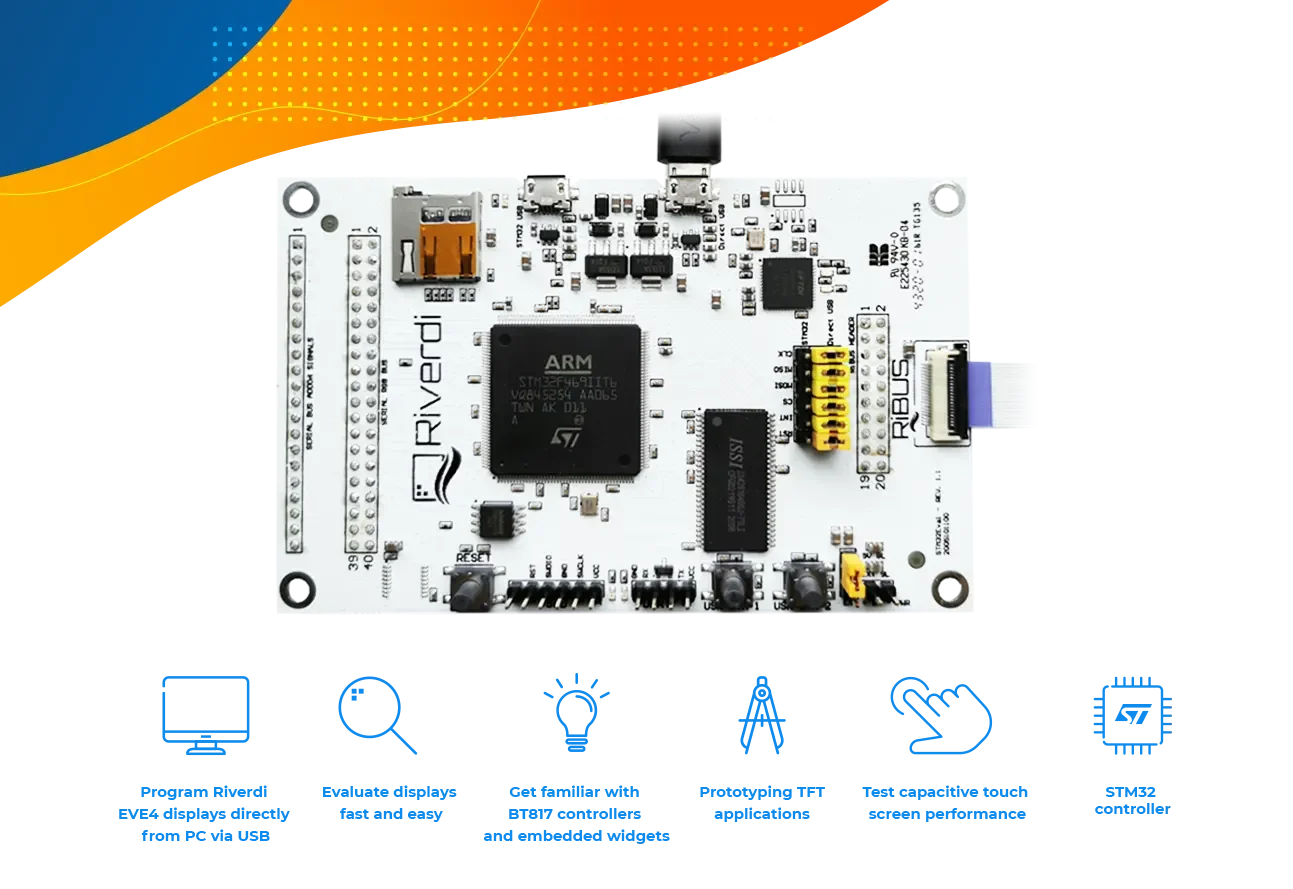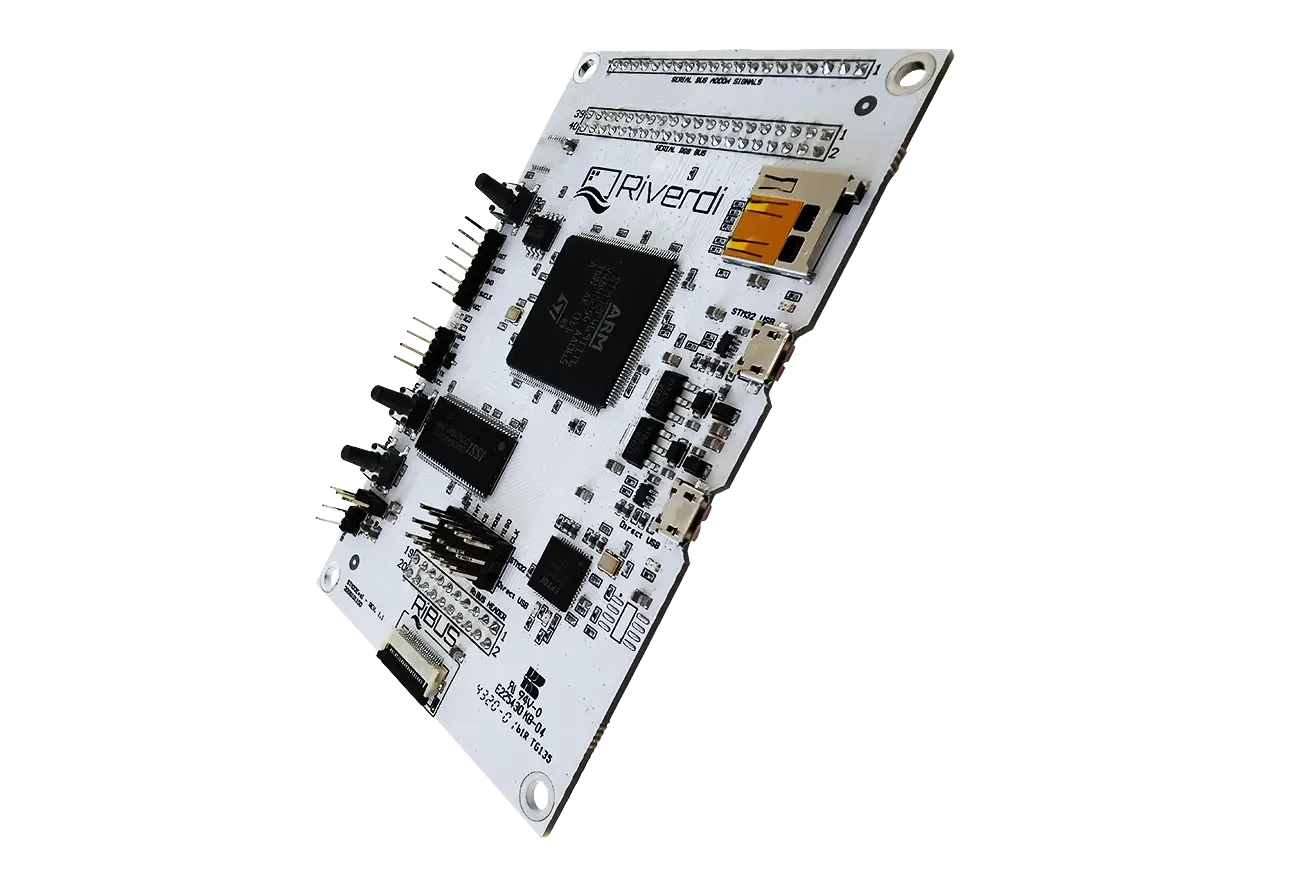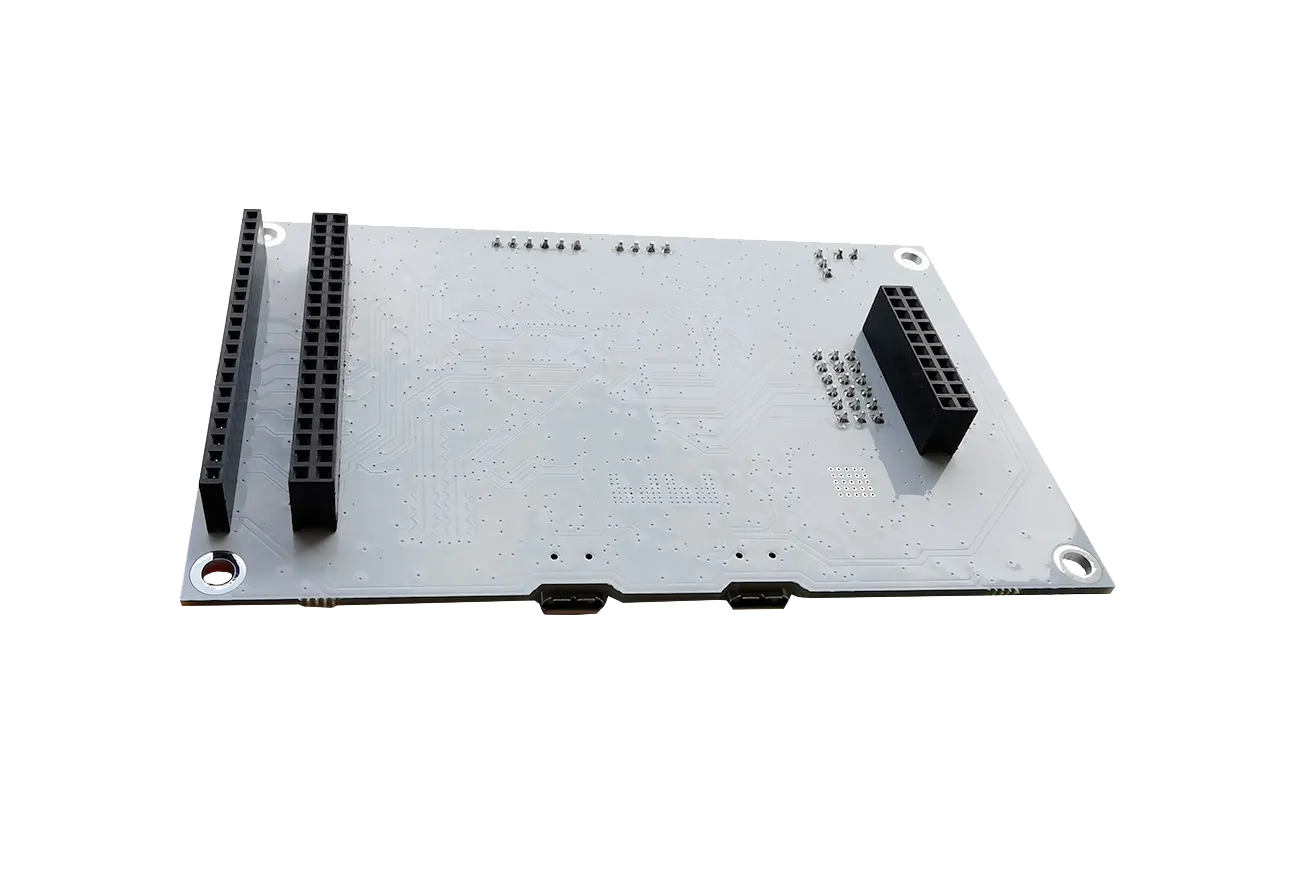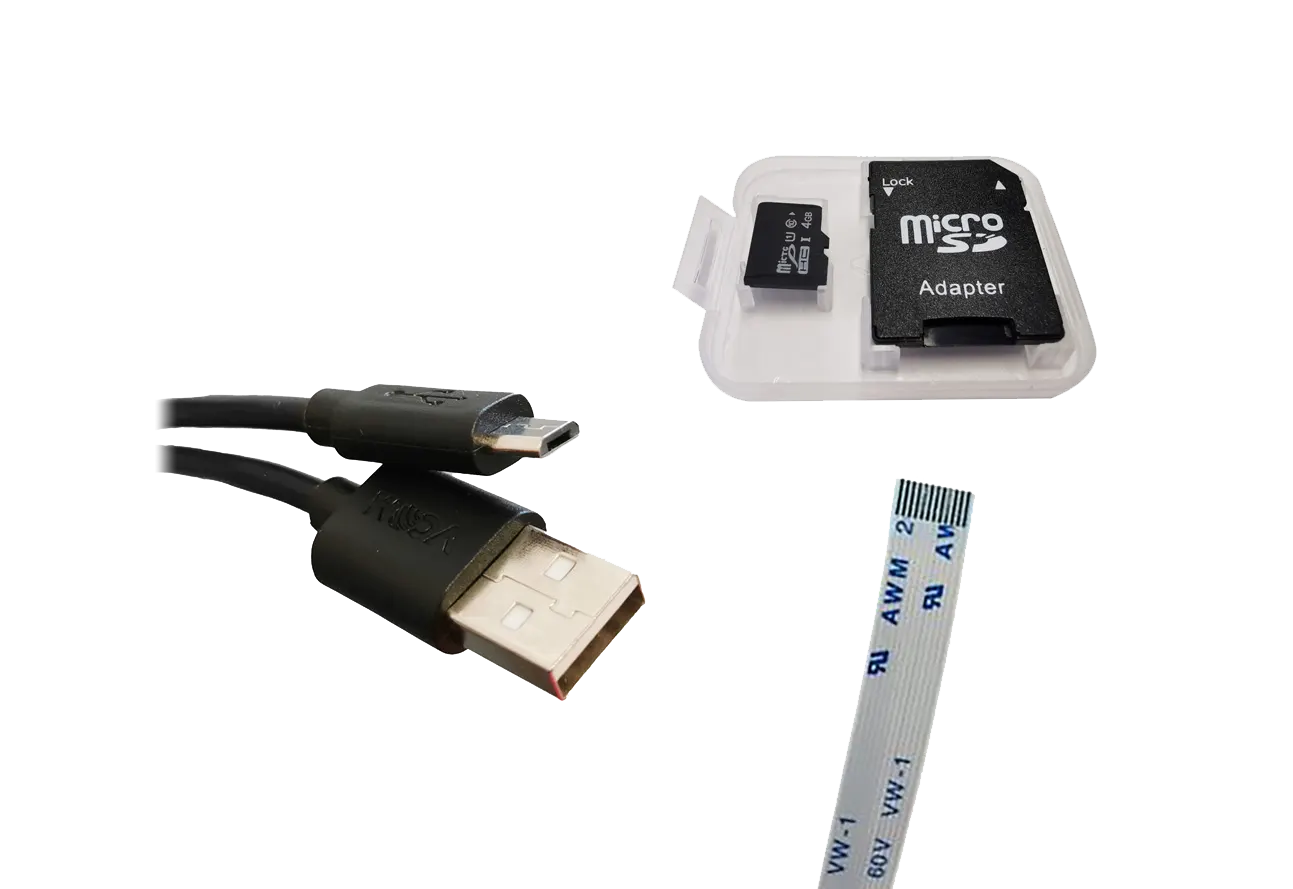DISCOVER OUR
Whitepaper
Achieve the perfect user-display interaction with the right Touch Sensor IC. Ever faced issues with phantom touch events or certification? Boost your R&D like a pro with our Whitepaper!
Description
Resources are key
Compared to EVE4 displays, where most of the graphic and UI operations are handled by a graphics processor, STM32 carries out the same operations when driving the HB IPS RGB displays. In such conditions, the high processing power of the STM32F469II processor becomes apparent.
Regarding the embedded systems and applications that control the display, the resources on the board can be the key factor to success. Compared to usual embedded systems in which a microcontroller is used to do less complex operations, e.g. sensor reading or motor control – and where Cortex M0 processor is more than enough to handle all tasks – in case of systems that primarily control the display, the amount of necessary resources grows rapidly. According to EE Times, now only 14% of the graphic files are handled by 32-bit systems. This fact puts Riverdi in the group of technology leaders.
The key requirements for such systems are:
Processing power,
RAM memory,
Nonvolatile memory.
Processing power is necessary to allow a smooth operation of a display as well as to perform any required operations happening in the background. RAM memory should be big enough to store at least the complete frame buffer for higher resolution and color depth screens. Finally, non-volatile memory is necessary to store all objects used in a graphic application like fonts or icons. Considering all above facts, Riverdi STM32 Evaluation Board is designed carefully to meet all the key requirements.
How to drive external displays
Jumper between P7 & P8: FTDI serial/SPI bridge connected to RiBUS SPI:
Use the FT232 serial to SPI bridge by connecting a micro USB cable to the connector labeled “Direct USB” and using the EVE Screen Editor to quickly generate graphical user interfaces with minimum effort .
Jumper between P9 & P8: STM32 connected to RiBUS SPI:
Use the onboard STM32F4 to develop and test firmware for driving a connected Riverdi EVE4 series display with BT817Q controller.
RGB Extension add-on
While the evaluation board itself contains all key components plus the RiBUS interface to EVE displays – the RGB extension header brings the interface to most of Riverdi RGB displays.
The evaluation board can use either RiBUS to drive the display with EVE graphics controller or the RGB extension. An add-on board, apart from delivering signals to the display, plays a role of a physical carrier to the whole module. Therefore, add-on boards must be customized to the displays they are serving.
Because of STM32F469II resolution limitation, it is currently possible to connect 10.1” displays only via RiBUS – so they must be models with BT817Q controller.








